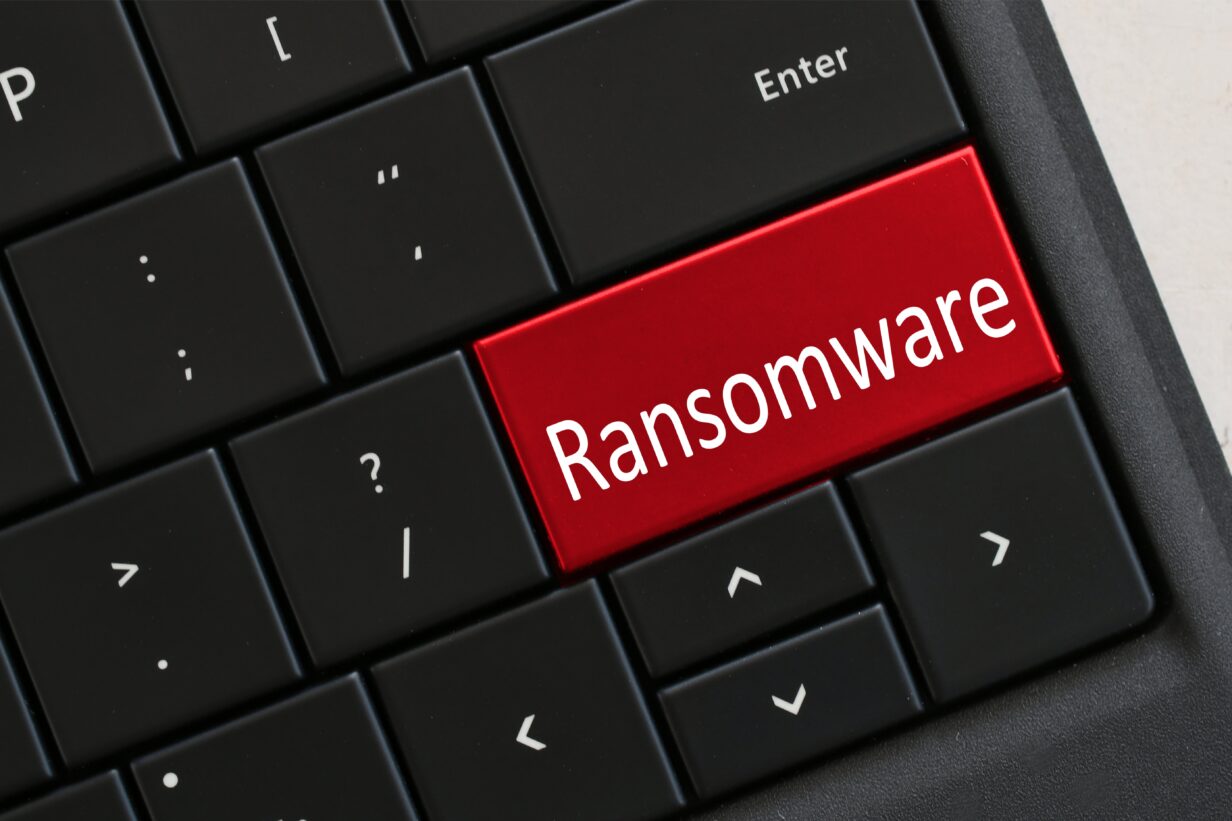
How Has Ransomware Become More Threatening Over the Years?
With the advancement of technology, cyber threats have also become more sophisticated and dangerous. One such threat is ransomware – a type of malware that encrypts files on a victim’s computer or network and demands payment in exchange for decrypting them. Ransomware has been around since the late 1980s, but it has evolved significantly over the years, becoming more threatening and difficult to combat. In this document, we will explore the reasons behind this evolution and how businesses and individuals can protect themselves from ransomware attacks.
Evolution of Ransomware
Ransomware has come a long way since its inception in the late 1980s. The first known ransomware attack, called the AIDS Trojan, was distributed via floppy disks and demanded payment through postal services. As technology advanced, ransomware attacks became more frequent and sophisticated. The early 2000s saw the emergence of encryption-based ransomware, which used strong encryption algorithms to lock victims’ files and demand payment in exchange for a decryptor.
More Targets
As internet usage increased, cybercriminals began targeting businesses instead of individuals. They realized that businesses are more likely to pay large sums of money to regain access to their critical data. Ransomware attacks on hospitals, schools, and government agencies have become more common in recent years.
More Sophisticated Techniques
In addition to targeting businesses, ransomware developers have also evolved their techniques to make attacks more successful. They now use social engineering tactics like phishing emails and fake websites to trick users into downloading ransomware. The use of exploit kits, which take advantage of vulnerabilities in software, has also increased the success rate of ransomware attacks.
Ransom Demands
Another factor that has made ransomware more threatening is the increase in ransom demands. In the past, attackers would demand a few hundred dollars from individual victims. Now, they target businesses and demand thousands or even millions of dollars. The average ransom demand in 2021 is around $170,000, a significant increase from $5,000 in 2018.
Payment Methods
Previously, victims were asked to pay the ransom through untraceable methods like wire transfers or prepaid cards. However, with the rise of cryptocurrency like Bitcoin, attackers now demand payment in this form. This has made it more difficult for law enforcement agencies to track and trace the money, making ransomware attacks even more appealing to cybercriminals.
Protecting Against Ransomware
The evolution of ransomware has made it a major concern for businesses and individuals alike. To protect against these threats, here are some important measures to consider:
Keep all software and devices up-to-date with the latest security patches.
Be cautious of suspicious emails and websites, and do not click on links or attachments from unknown sources.
Regularly backup important files to an external hard drive or cloud storage service.
Install anti-ransomware software that can detect and block ransomware attacks.
Ransomware attacks have become more threatening over the years due to various factors such as increased targets, sophisticated techniques, and higher ransom demands. To protect against these evolving threats, it is crucial to stay informed and take necessary precautions to safeguard our data and devices.